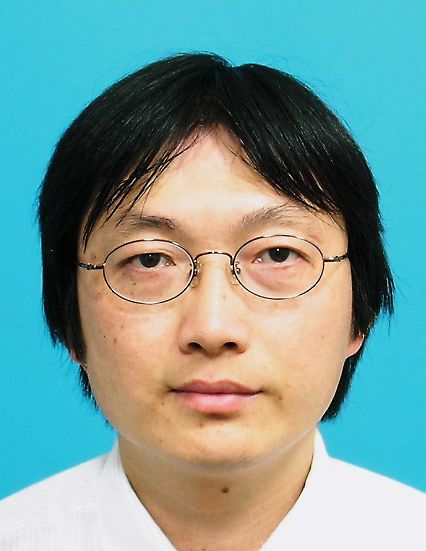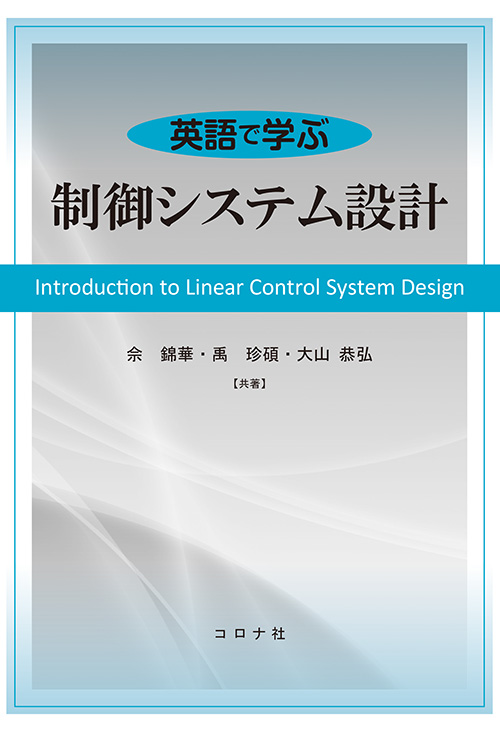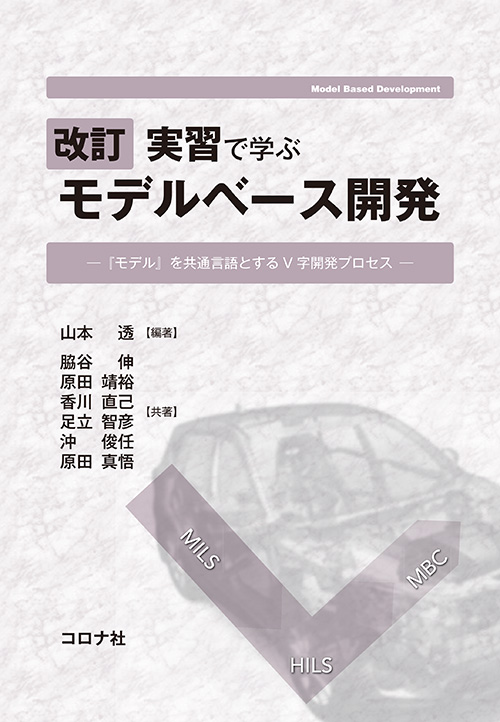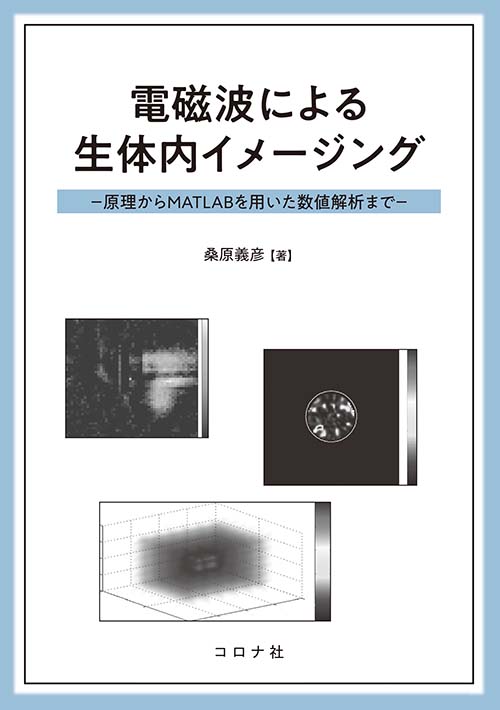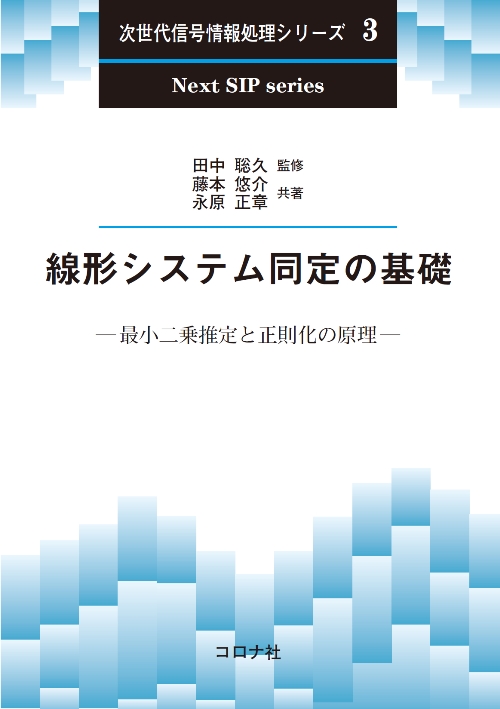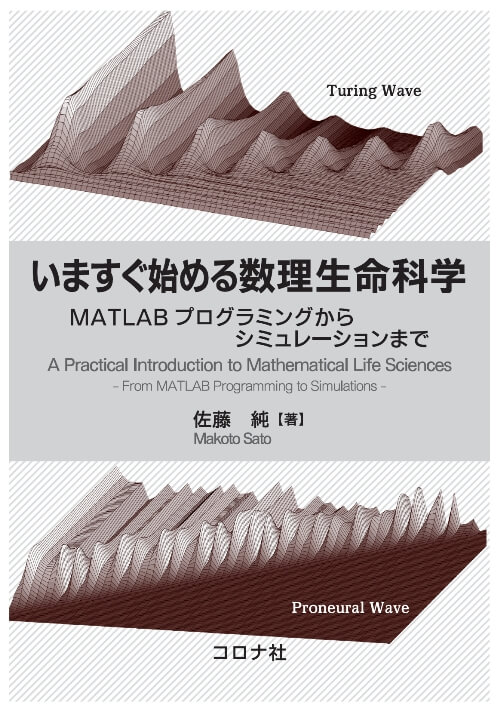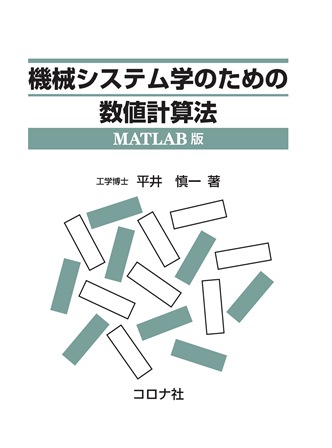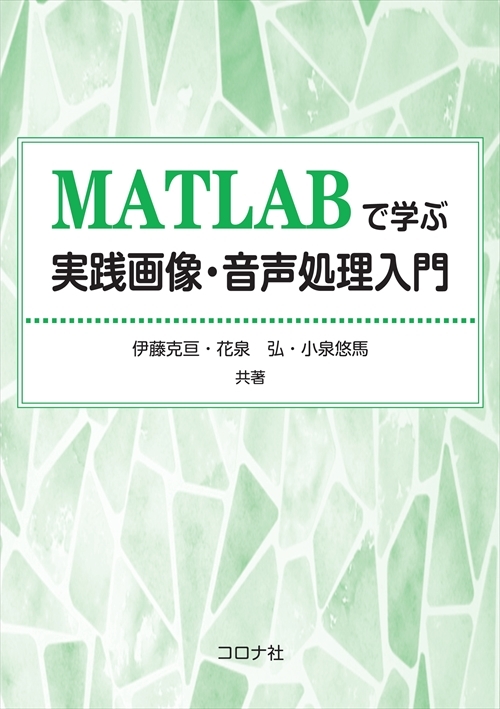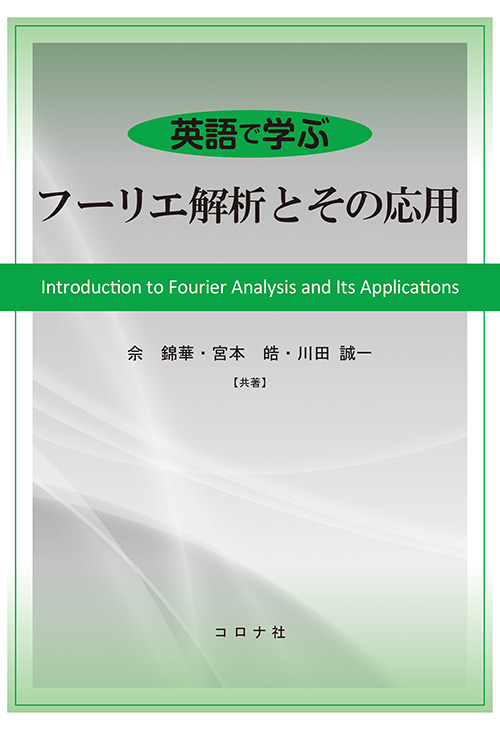
英語で学ぶ フーリエ解析とその応用
フーリエ解析とその応用を易しい英文で解説。重要語句には対応する日本語の用語を併記。
- 発行年月日
- 2023/05/11
- 判型
- A5
- ページ数
- 192ページ
- ISBN
- 978-4-339-06127-7
- 内容紹介
- まえがき
- 目次
- レビュー
- 書籍紹介・書評掲載情報
- 広告掲載情報
信号解析,スペクトル解析,高速フーリエ変換,制御工学,線形システム理論を学ぶ基礎として必須であるフーリエ解析を簡単な英文で解説する。重要語には日本語を併記し,解析で使用するMATLABのコードも紹介。
本書は大学に入学して初めてフーリエ解析を学ぶ学生の皆さんに英語でフーリエ解析とその応用を学べるように書いた書籍です。英語の専門用語には対応する日本語の用語を付記することにより学習効果や理解度を高めるようにしています。
フーリエ解析はジョゼフ・フーリエ(1768{1830)が熱伝導の法則を見出し,その現象を表現する方程式を解く方法として考え出した解析手法です。この方法には不連続な関数を含めた任意の周期関数が三角関数の無限級数で表現できることが含まれています。
フーリエはこの理論を「熱の解析的理論」という書籍にまとめて出版しました。数学者からは理論展開の厳密さについてさまざまな指摘を受けましたが,彼の提案した無限級数の収束性については後の数学者が証明しています。このことがその後の数学の発展に多大な影響を与えました。数学者が書くフーリエ解析の書籍が多い理由はここにあります。
フーリエの元の目的であった熱伝導の解析は,そののちさまざまな物質,さまざまな形状をもつ物体の熱伝導の解析に展開され実用化されています。例えば,建築設計に使われて私たちの生活空間を快適にするのに役立てたり,ロケットや飛行機,コンピュータなどさまざまな人工物で発生する熱を効果的に除去したりするために使われたりしています。
ここで視点を変えてディジタル化が進んでいる今の時代におけるフーリエ解析を考えてみましょう。この本が想定する読者にとって最も役立つ分野です。そしてその理論的基盤はフーリエ変換と逆フーリエ変換です。キーワードはいくつかあり,信号解析,スペクトル解析,高速フーリエ変換,制御工学,線形システム理論などです。これらの分野を学ぶ基礎としてフーリエ解析は必須です。
さて,工学部の多くの学生にとってフーリエ解析は難しいと思われています。新しい概念を理解するまでにたくさんの数式が並んでいるからだと思います。しかし,基本は足し算,引き算,掛け算,割り算です。そして皆さんがなじんでいる多項式関数,三角関数,指数関数の性質をもう一度確認しましょう。そしてペンとノートを用意し,自分の頭と手で計算して例題にある周期関数をフーリエ級数に展開してみましょう。これができればフーリエ級数はすぐに理解できますし,応用することもできるようになります。
フーリエ変換も同じように学んでください。定義式を用いて例題にある関数のフーリエ変換と逆フーリエ変換を計算し,それを通して複雑な数式に慣れてください。そうすることで本書の後半まで臆することなく読み進めていく解析力が身につくと思います。
本書を手にされた皆さんが本書を読破し,さらなる高みを目指して学んでいくことを切に願っています。
最後に,日本大学生産工学部機械工学科の綱島均教授に鉄道状況診断データの使用許可をいただき,また,株式会社CrowLabおよび宇都宮大学バイオサイエンス教育研究センターの塚原直樹博士にカラスの鳴き声データをわざわざ拙作のために作成していただき,この場を借りて感謝いたします。なお,例題の作成に協力した東京工科大学大学院の劉鉄城氏と,原稿を詳しくチェックし貴重な助言をくださった中国湖南工業大学の何静氏,および中国地質大学(武漢)の梅啓程氏,羅望氏,孫一仆氏,周宇健氏と賀文朋氏にお礼を申し上げます。また,出版にあたり心暖かく見守ってくださったコロナ社に深く感謝いたします。
2023年3月
佘錦華,宮本皓,川田誠一
Preface
This book is written for students who learn Fourier analysis for the first time after entering university so that they can learn Fourier analysis and its applications in English. To enhance the learning effectiveness and com-prehension of students studying at universities in Japan, we add the corresponding Japanese terms to English technical terms.
Fourier analysis is an analysis technique devised by Joseph Fourier (1768-1830) as a method of finding the law of heat conduction and solving the equation that describes physical phenomena. This method includes the fact that any periodic function, including discontinuous functions, can be represented by an infinite series of trigonometric functions.
Fourier published his theory in a book entitled The Analytic Theory of Heat. Mathematicians pointed out the rigor of theory development. Later, mathematicians proved the convergence of the infinite series he proposed. This had an enormous impact on the subsequent development of mathematics. This is why there are a huge number of books on Fourier analysis written by mathematicians.
The analysis of heat conduction, which was Fourier's original purpose, was later developed into the analysis of heat conduction for various sub-stances and with various shapes and put into practical use. For example, it is used in architectural design to make our living spaces comfortable and is used to effectively remove the heat generated by various man-made objects such as rockets, airplanes, and computers.
Let us change our perspective and consider Fourier analysis in this age of digitalization. This is the area where Fourier analysis is the most useful field for the readers of this book. The theoretical basis is Fourier and inverse Fourier transforms. Take signal analysis, spectrum analysis, fast Fourier transform, control engineering, linear system theory, and other keywords into consideration. Fourier analysis is essential as a basis for studying these fields.
Fourier analysis is considered to be a difficult subject for engineering students because there are many formulas involved in the process of under-standing a new concept. Nevertheless, the basics are addition, subtraction, multiplication, and division. It is also important to reconfirm the properties of polynomial functions, trigonometric functions, and exponential functions that we are all familiar with. It is strongly recommended to pre-pare a pen and a notebook, and expand periodic functions to a Fourier series in examples using your head and hands. If you can do this, you will be able to quickly understand the Fourier series and apply it.
Learn the Fourier transform in the same way. Computing Fourier and inverse Fourier transforms of functions examples from definitions in this book ensures getting used to complex formulas. By doing so, a reader will acquire analytical skills to read the latter half of this book without hesitation.
We sincerely hope that everyone who picks up this book will read through it and learn to take it to a higher level.
Finally, we would like to take this opportunity to thank Professor Hitoshi Tsunashima of the Department of Mechanical Engineering, College of Industrial Technology, Nihon University for permission to use the railroad diagnostic data, and Dr. Naoki Tsukahara of CrowLab Inc. and the Center for Bioscience Education and Research and Education, Utsunomiya University for creating crow-call data for this book. We would like to express heartfelt appreciation to Mr. Tiecheng Liu of the Graduate School of Tokyo University of Technology for his help in preparing examples, to Prof. Jing He of Hunan University of Technology, Zhuzhou, China, and Mr. Qicheng Mei, Mr.Wang Luo, Mr. Yipu Sun, Mr. Yujian Zhou, and Mr.Wenpeng He of China University of Geosciences, Wuhan, China for their careful check-ing of the manuscript and for her valuable advice. We are deeply grateful
to Corona Publishing Co. Ltd. for warmly watching over the publication.
March 2023
Jinhua She, Kou Miyamoto, Seiichi Kawata
1.Overview of Fourier Analysis
1.1 History of Fourier Analysis
1.2 Illustrative Examples
1.2.1 Shape of Sound
1.2.2 Image Processing
1.2.3 Health Monitoring of Railroad Tracks
1.2.4 Structural Control
1.3 Key Points of Fourier Analysis
Problems
2.Mathematical Fundamentals for Fourier Analysis
2.1 Complex Number
2.2 Differential and Integral Calculus
2.2.1 Differential Calculus
2.2.2 Indefinite and Definite Integral Calculus
2.3 Partial Derivatives
2.4 Exponential and Logarithmic Functions
2.5 Trigonometric Functions
2.6 Various Functions
2.6.1 Hyperbolic Functions
2.6.2 Heaviside Step Function
2.6.3 Dirac Delta Function
Problems
3.Fourier Series
3.1 Periodic Phenomena
3.2 Expression of a Periodic Function
3.3 Complex Form of Fourier Series
Problems
4.Fourier Transform
4.1 Definition of Fourier Transform
4.2 Properties of Fourier Transform
4.3 Spectrum, Energy Spectral Density, and Correlation Function
4.4 Fourier Transforms of Special Functions
Problems
5.Signal Sampling and Reconstruction
5.1 The Sampling Theorem
5.2 Selection of Sampling Period
5.3 Reconstruction of Signal from Its Samples
Problems
6.Discrete Fourier Transform and Fast Fourier Transform
6.1 Discrete Fourier Transform
6.2 Fast Fourier Transform
Problems
7.Applications to Engineering Problems
7.1 Analysis of Sound
7.2 Analysis of Seismic Wave
7.3 Processing of Surface Electromyography (sEMG)
Problems
8.Application to Mathematical Problems in Engineering
8.1 Linear System and Impulse Response
8.2 Partial Differential Equation
Problems
9.Multi-Dimensional Fourier Transform
9.1 Definition of Multi-Dimensional Fourier Transform
9.2 Application to Image Compression
9.3 Application to Computerized Tomography
Problems
10.Laplace Transform
10.1 Definition of Laplace Transform
10.2 Frequency Response
10.3 Comparison of Fourier and Laplace Transforms
Problems
Appendix
References
Answers to Problems
Index
読者モニターレビュー【 やまけー 様 (ご専門:関数解析学・ソフトウェア技術者 )】
本書は工学部生向けのフーリエ解析の専門書であり、英語で執筆されているのも大きな特徴である。
フーリエ解析周辺の応用面もたくさん例として挙げられておりさすが工学部生向けだと感じた。
本書で使用されている英語のレベルとしては、高校生でも基本的には読める程度の平易な文章であり、専門用語や、熟語に関しては日本語訳が記載されいることもあり、極力意味を調べるために読書から離れない工夫がされている。
また、数学的な内容としては、高校数学からの丁寧な復習から始まっており、数学が苦手な読者にも配慮されていると感じた。一般的な数学科では扱うフーリエ解析ではフーリエ級数と連続的なフーリエ変換を扱うことが多いが、本書では、さらに離散フーリエ変換や高速フーリエ変換もグラフなどで視覚的にもわかりやすく扱われており内容も充実している。演習問題も多く、手を動かして内容を定着させることができる点も魅力的に感じた。
総合して、数学や英語がが苦手な工学部生にでもおすすめできる良書だと感じた。
読者モニターレビュー【 つかなか 様(ご専門:電気機器・制御工学)】
全体を通して平易な数式を用いて解説されており、学部生など初学者や、学び直しをしたい技術者のいずれにも有効な一冊です。
本書はフーリエ解析に関する基礎事項(1~6章)と、フーリエ解析の応用例など(7~10章)に大きく分けられます。本書では、高速フーリエ変換(6章)や、ラプラス変換とフーリエ変換の違い(10章)など、初心者には理解の届き辛い内容に対して、図表や例によって丁寧に解説をされているのが特に印象的です。
また、一部の英語表現には注釈が付記されています。これらの注釈箇所は英語論文などで目にする様な表現が多く、英語の技術文書を記述する際には参考にすることが可能です。
本書は幅広いトピックに触れながらも、読み切るのに高度な数学的知識や前提知識は必要としていません。したがって、フーリエ解析を理解・実用する上での足がかりに大変適していると思われます。
読者モニターレビュー【 こいずみりく 様(ご専門:機械工学、振動、音響)】
フーリエ解析に興味関心がある理工系学部生、若手技術者に本書を特にお薦めします。本文が英語で書かれてますが、専門用語には訳がつき、重要な表現には注釈が付されていますので、それほど負担なく読めるはずです。また、文体も易しいので本書は技術英語の入門としてもうってつけだと思います。
フーリエ解析の教科書としての中身は、入門的な内容と工学的応用とをバランスよく盛り込んだ章立てとなっています。各論もとても丁寧で、例えばFFT(高速フーリエ変換)における計算上のキモであるバタフライ演算が図解付きで分かりやすく書き込まれている点には満足を覚えました。
また、各章末には本文の理解を補う基本・応用の演習問題が十分な量あり、MATLABによる数値計算も含まれているので実践的です。本文の数式と併せて、自分の手を動かすことにより、工学的に重要なフーリエ解析の考え方を身につけることができるでしょう。
MathWorks様にプロモーション用ページを制作いただきました。

-
掲載日:2023/08/17

-
掲載日:2023/07/05
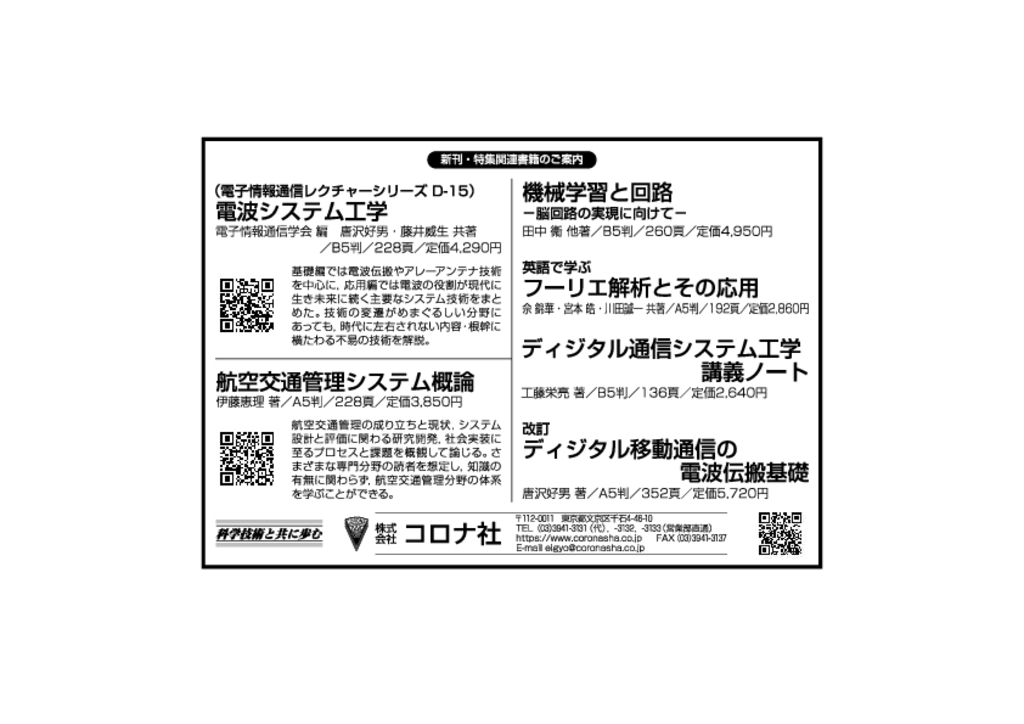
-
掲載日:2023/05/01


